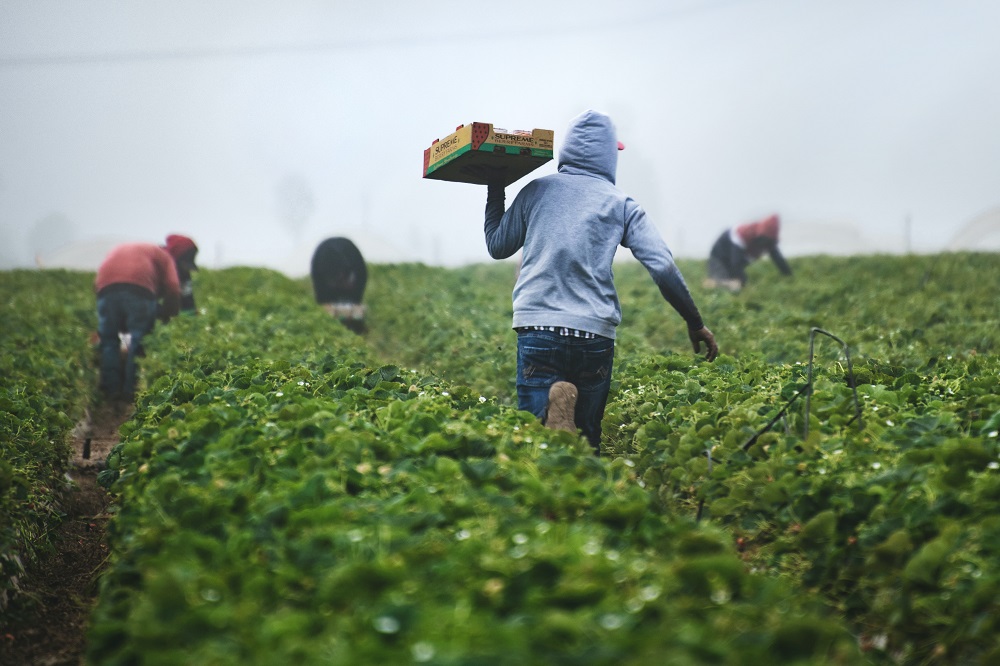The use of metals has been a major driving force behind industrialization, with steel being one of the most significant metals. The production and consumption of steel are often used as indicators of a country’s economic growth since it serves as both a raw material and an intermediary product. Consequently, it can be said that the steel industry has played a crucial role in advancing industrialization and is the backbone of any economy. Iron and Steel industry in India is categorized into three types: major producers, main producers, and secondary producers.
India, as of April 2022, ranks as the world’s second-largest producer of crude steel, having produced 10.14 MT. In the fiscal year 2021-22, India’s crude steel production reached 133.596 MT, while finished steel production amounted to 120.01 MT. In the period of April-October 2022, the production of crude steel was 71.56 MT, while finished steel production stood at 68.17 MT. The steel industry in India has prospered due to the abundance of domestic raw materials such as iron ore and cost-effective labor. This Iron and Steel industry in India sector has contributed significantly to the country’s manufacturing output. Furthermore, the Indian steel industry is modern and equipped with cutting-edge steel mills, continuously updating older facilities and increasing energy efficiency levels.
One of the primary reasons for the growth of the Indian steel industry is the availability of raw materials, particularly iron ore. The country has significant reserves of iron ore, which has helped in reducing the dependence on imports. In addition to raw materials, cost-effective labor has also contributed to the growth of the industry.
Major Iron & Steel Plants In India 2023
Tata Iron and Steel Company (TISCO)
Established in 1907 by Jamshedji Tata in Singhbhum district of Jharkhand, this is the oldest Iron and Steel industry in India , which is currently owned by a private sector enterprise. Originally called Sakchi, the center was renamed to Jamshedpur after its founder. Production of pig iron began in 1911, followed by steel production in 1912.
Initially, the plant had a production capacity of 1.21 million tonnes of pig iron and 1.1 million tonnes of steel per annum, which has since been increased to 3.9 million tonnes of pig iron, 2 million tonnes of ingot steel and 3 million tonnes of saleable steel. Currently, the plant produces approximately 3 million tonnes of saleable steel.
Indian Iron and Steel Company (IISCO)
In West Bengal, there are three plants – Kulti, Hirapur, and Bumpur, established in 1864, 1908, and 1937, respectively. These plants were merged to form the Indian Iron and Steel Company (IISCO) and brought under government control in July 1972. The plants are connected by the Kolkata-Asansol railway line, and the Hirapur plant produces pig iron, which is transported to Kulti for making steel. The rolling mills are located in Bumpur. IISCO has the advantage of having iron ore available from Guna mines in Singhbhum district, Jharkhand, which is located at a distance of 285 km.
It also receives coal from Jharia, which is located 137 km away. However, power from the Damodar Valley Corporation is now widely used instead of coal. Additionally, Dolomite and limestone are obtained from Sundargarh district of Orissa, which is 327 km away, and limestone is also available from Gangpur and Paraghat areas of Orissa. One of the most popular Iron and Steel industry in India is IISCO.
The Visweswaraya Iron and Steel Ltd
Established in 1923 by the former state of Mysore, the Mysore Iron and Steel Company (MISCO) is situated on the banks of river Bhadravati in Shimoga district of Karnataka. It is one of the best Iron and Steel industry in India. In 1962, the plant was taken over by the state and renamed as Visveswaraya Iron and Steel Ltd. in honor of the legendary engineer, Dr. Visweswaraya.
The current capacity of the plant is 1.38 lakh tonnes of steel with plans to increase it to two lakh tonnes. Bhadravati valley offers ample land, and high-grade haematite iron ore is available from Kemmangundi mines in Chikmaglur, located just 40 km away. Initially, the plant used charcoal from forest-wood for smelting as coal was not available, but now hydroelectric power from Sharavati Power Project is used. Limestone is sourced from Bhundiguda, only 25 km away.
Bhilai
The Bhilai iron and steel centre was established in 1957 in Durg district of Chhattisgarh with financial and technical support from the Soviet Union. It commenced production in 1959 with an initial capacity of 1 million tonnes, which has now been raised to 5.2 million tonnes.
The objective of setting up this plant was to bring prosperity to the backward Durg region. In 1996-97, the plant produced 4.187 million tonnes of crude steel, 3.832 million tonnes of saleable steel, and 0.243 million tonnes of pig iron. The geographical advantages enjoyed by the centre include the following:
(i) It sources high-quality haematite iron ore from the Dalli-Rajhara range, located 80 km south of Bhilai.
(ii) Coal is obtained from Korba and Kargali fields in Chhattisgarh, 225 km away, as well as from Bokaro and Jharia (720 km).
(iii) Limestone is procured from Nandini mines, which are only 24 km away.
(iv) Manganese is supplied by Bhandara in Maharashtra and Balaghat in Madhya Pradesh.
(v) The Korba Thermal Power station is the primary source of power.
(vi) The centre is connected to the Kolkata-Nagpur railway line.






